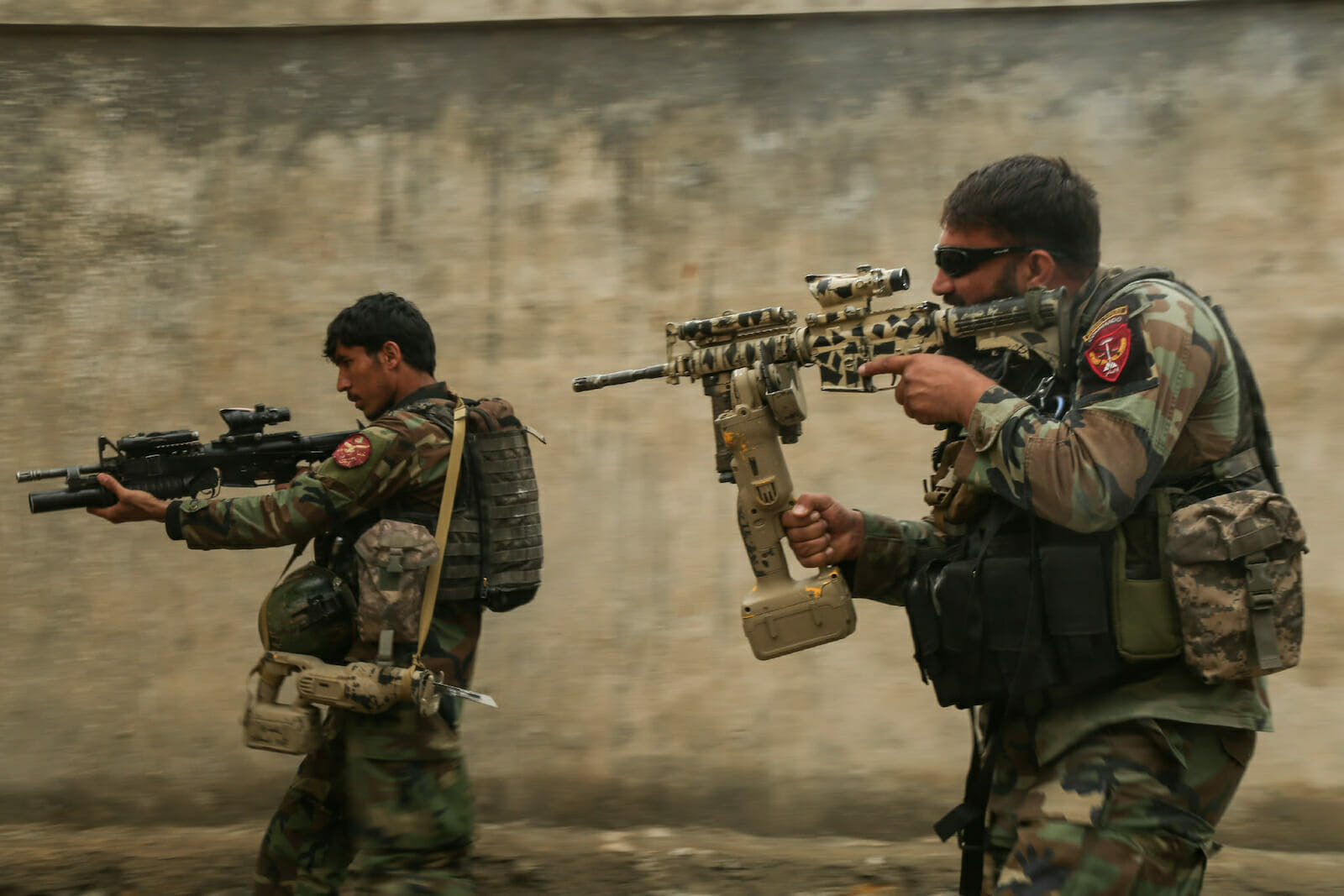
In Afghanistan, No One Owns the Night Anymore
Nearly two decades into the War in Afghanistan, certain nuances of the conflict will inevitably go overlooked. The sheer volume of intelligence coming out of the region is impossible to keep up with, but staying up to date on casualty reports reveals a strategic insight that even U.S. officials struggle to grasp. As months and years have gone by, the deadliest attacks being carried out are increasingly committed by what is known as the “Red Unit,” the Taliban’s new special forces.
The Red Unit is the culmination of a decades-long effort by the Taliban to turn themselves into a professional fighting force, one capable of regaining control of Afghanistan. Fitted with modern weapons, standardized uniforms, and the technology to give them a tactical edge, these commandos defy all expectations of a non-state actor often portrayed as disheveled and incompetent. The top spokesperson for the U.S. mission in Afghanistan has even gone so far as to mock its propaganda. To Afghans who know better, however, the Red Unit is no joke. It is the most lethally effective wing of the insurgency, operating as the focal point of contemporary Taliban strategy. If we do not treat it as such, the viability of an already crumbling Afghan state will be at risk.
Prior to the Taliban developing its own special forces, the Haqqani Network was the primary corps of well-armed, highly trained fighters in Afghanistan. While they still fall under the umbrella of the Taliban movement, the Haqqani Network operates with its own distinct command and control. With powerful links to the Pakistani security establishment, the Haqqanis can invest more in training and arming their fighters. Able to produce hundreds of highly indoctrinated fighters specializing in commando attacks and self-sacrifice operations every year, they have carried out complex suicide attacks with shocking lethality.
Relatively new to the war, the Red Unit materialized in mid-2015, when photos of an alleged “Special Forces Unit” training camp began circulating online. Fighters can be seen training with small arms, heavy machine guns, and even anti-aircraft weapons. An EastWest Institute threat assessment found that these units frequently use “headgears, sniper rifles, laser-guided M-4 rifles, night-vision goggles, small surveillance drones, foreign-made telescopic sights, sophisticated communication equipment, and armored army Humvees.” Most of this equipment is either captured from government forces or acquired in neighboring countries like Iran and Pakistan.
Their first major operation came in December 2015, when the Taliban announced that their special forces were conducting a major offensive against the Islamic State that had emerged in Afghanistan earlier that year. By February 2016, IS was successfully pushed back to a handful of core districts with their capacity to carry out further attacks severely limited. After early deployments showed incredible success, Taliban commanders began implementing a strategy that placed much greater emphasis on these commandos. Long considered the core of the insurgency, local militias quickly downsized and fell out of strategic focus.
Further refinement came about around late 2016 and early 2017 when the Taliban were rethinking the tactics they had been using to assault cities. They would often lose many men with few gains to show for it. To remedy this, commanders developed new infiltration tactics where fewer, yet better-trained fighters, could circumvent exposure to U.S.-led airstrikes by entering cities and blending in with the civilians. Thus, the Red Unit as we know it sprung into the public eye.
Since their creation, the Red Unit is commonly used for quick interventions, high-value targets, special operations, offensives capturing a highly strategic area, breaking major sieges, jailbreaks, and escorting important leaders. Their specialty, however, is nighttime raids. With newly acquired night-vision goggles and snipers to provide cover, commandos act as a force multiplier, backing up larger units before moving on to their next target. Able to launch multiple attacks in a single night, government forces find themselves spread thin and unable to reinforce any individual battle. From 2014 to 2017, nighttime attacks doubled in frequency and tripled in casualties. As a recent UN report has pointed out, “This simple yet effective tactic has aided the Taliban’s battle for control of rural areas and is likely a key reason for the Afghan National Defence and Security Forces ceding further ground to Taliban forces this year in an effort to consolidate government-held areas without taking excessive casualties in remote military outposts.” U.S. and Afghan special forces once took pride in their ability to “own the night,” but they can do this no longer.
This tactical innovation didn’t appear out of thin air. Several Taliban sources have admitted that the driving force behind their newfound success was the hundreds of Pakistani and Iranian foreign advisors. While Pakistan’s support for the Taliban has been documented and well known for decades, Iranian support is comparatively new and has received much less attention. Since at least 2007, Iran has provided calibrated support to the Taliban with the goal of countering U.S. and Western influence in Afghanistan, combating the Islamic State, and increasing Tehran’s influence in any post-reconciliation government. The Quds Force, a unit of the Iranian Revolutionary Guard Corps analogous to the American CIA and Joint Special Operations Command, has been vital in fulfilling such support. Focusing strongly on training and equipping the Red Unit, foreign support for the Taliban has increased their lethality exponentially.
This support has allowed the Red Unit to grow from a force of 300 fighters in 2016 to over 7,500 by the end of 2017, a number that is likely much higher now. Tracing their development throughout the years by looking at published Taliban propaganda, the Red Unit’s improvements in tactics and equipment is astounding.
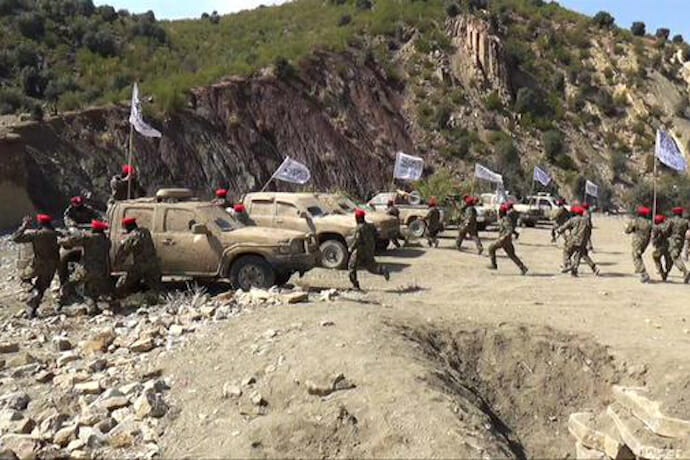
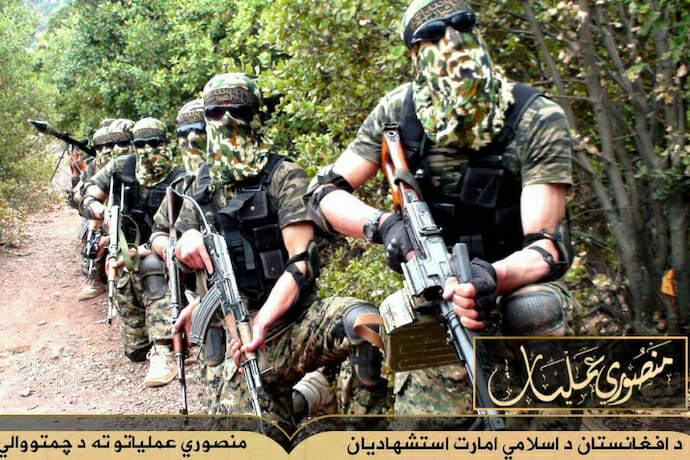
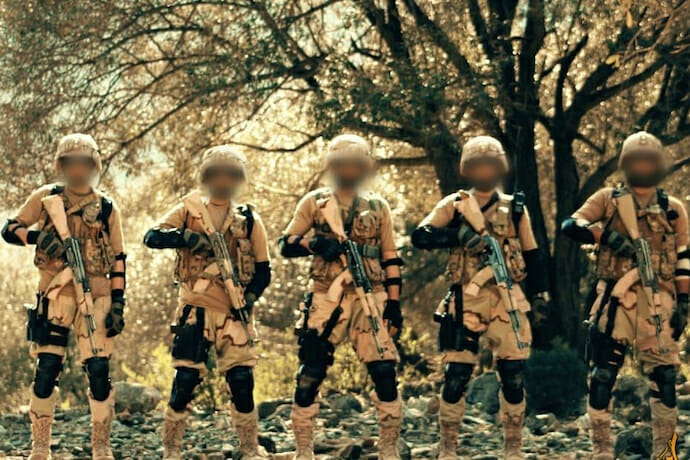
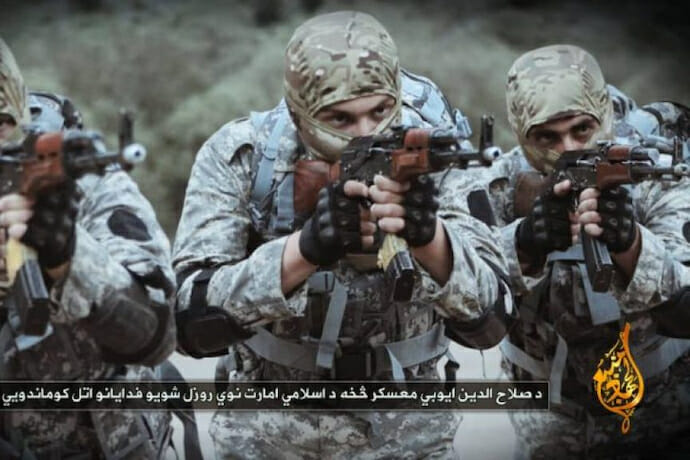
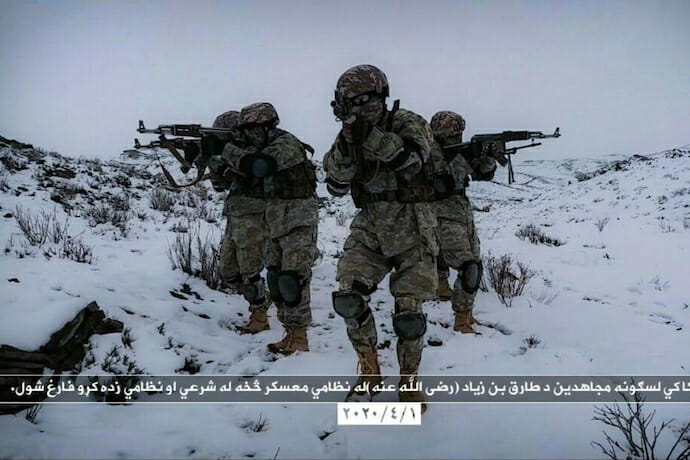
It is important to note that these photos are taken directly from Taliban propaganda, so it does not necessarily reflect the actual equipment used during operations. In a similar light, the Red Unit is far from equal to the capability of Western special forces. However, that ignores the purpose of these training videos and these units in their entirety. Their lethality is proven time and time again in the headlines. What the Taliban needs now is to portray themselves as a capable force that is equal to, if not more professional than the Afghan government. These training videos aren’t for Westerners to mock, rarely are they even in English. So officials can make fun of the footage all they want, but Afghans are looking at this and what they see is a government. Not a terrorist group. A government. The Taliban is portraying itself as a genuine alternative to the current Afghan state, and plenty of locals are buying into it.
At a time when the U.S. wants to withdraw from Afghanistan, seemingly no matter the cost, the Afghan government would be left with hardly enough resources to survive. Elements of the insurgency like the Red Unit could prove themselves to be a game-changer in America’s longest war.

